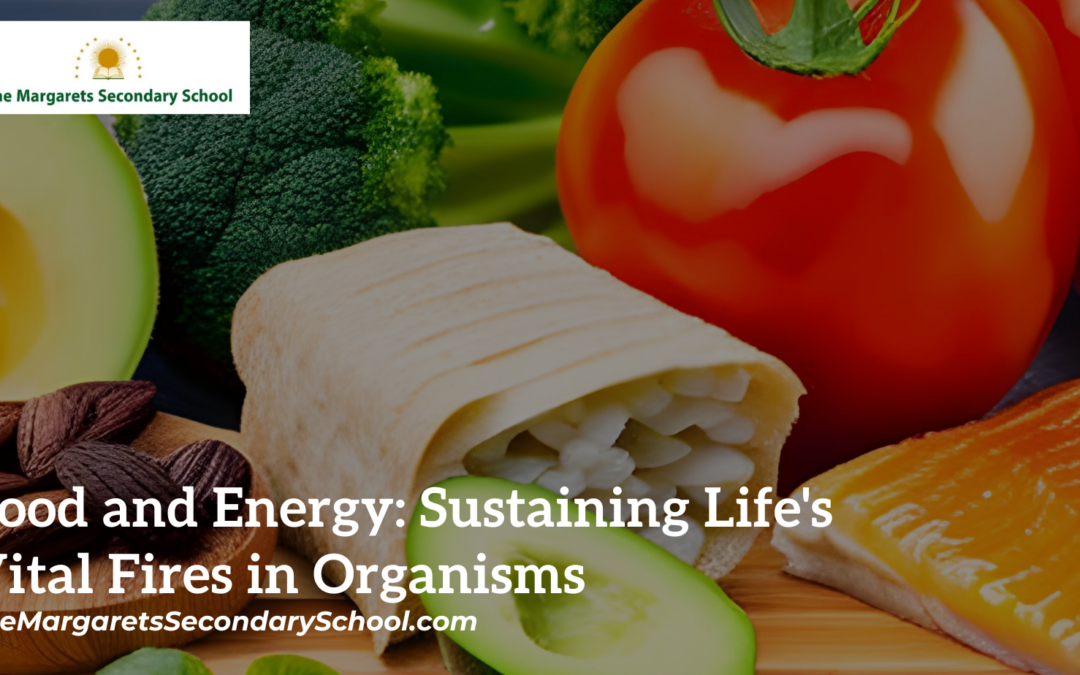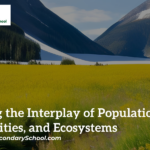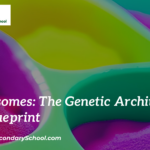Food and Energy in Organisms
In the grand theater of life, the relationship between food and energy is a captivating and essential drama. From the tiniest microorganisms to the mightiest predators, every organism relies on the intake of food to fuel its metabolic processes and sustain the energy required for growth, reproduction, and survival. This intricate dance between food and energy forms the very foundation of life’s vitality.
Food: The Nutritional Fuel:
Food, in its diverse forms, is the nourishing source that replenishes the energy reserves of organisms. It is a reservoir of essential nutrients – proteins, carbohydrates, fats, vitamins, and minerals – that provide the building blocks for growth, maintenance, and repair. Just as a vehicle requires fuel to run efficiently, organisms depend on food to power their biochemical machinery.
Energy: The Driving Force:
Energy is the life force that propels all cellular activities. Whether it’s the graceful flight of a bird or the microscopic reactions within a single cell, energy is the underlying driver. Organisms require energy for basic functions such as respiration, digestion, and circulation, as well as more complex processes like reproduction and locomotion.
Energy Acquisition: The Journey of Food:
The journey of food within an organism is a fascinating sequence of events. Ingested food undergoes digestion, where complex molecules are broken down into simpler forms that can be absorbed by cells. These nutrients are then transported to cells throughout the body, where they are converted into energy through processes like cellular respiration.
Metabolism: The Energetic Symphony:
Metabolism is the ensemble of biochemical processes that convert food into energy. It involves two main components: anabolism, where complex molecules are built from simpler ones, and catabolism, where complex molecules are broken down to release energy. Enzymes, the molecular catalysts of life, play a pivotal role in these processes, ensuring that energy is harnessed efficiently.
Energy Balance and Homeostasis:
Maintaining an appropriate balance between energy intake and expenditure is critical for an organism’s health. Energy surplus is stored as reserves, typically in the form of fats, to be utilized when food is scarce. On the other hand, prolonged energy deficiency can lead to malnutrition and compromise an organism’s ability to function optimally.
Ecological Interplay:
In the grand tapestry of ecosystems, the interplay between food and energy is complex and interconnected. Organisms are classified into trophic levels – producers, consumers, and decomposers – based on their roles in energy transfer. Producers, such as plants, convert sunlight into energy through photosynthesis. Consumers, including herbivores, carnivores, and omnivores, acquire energy by consuming other organisms. Decomposers break down dead organisms, releasing nutrients back into the ecosystem.
Conclusion:
The intimate relationship between food and energy is the heartbeat of life’s vitality. It’s a cycle of nourishment and renewal that sustains the intricate symphony of existence. Whether a blade of grass or a majestic predator, every organism participates in this eternal dance, where the energy derived from food fuels life’s boundless pursuits and allows the marvels of biology to unfold.





